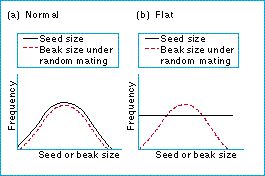Speciation - What is the role of reinforcement in speciation?

There is some evidence for reinforcement occuring in nature:
Evidence for reinforcement is suggested by greater sympatric than allopatric prezygotic isolation between a pair of species.
Drosophila mojavensis and D. arizonae are two closely related species of fruitfly that co-exist in Sonora, Mexico, while each species lives on its own elsewhere in the southwest.
When a male of one species is put with a female of the other, they are less likely to mate than are a pair from the same species: the two species show a degree of prezygotic reproductive isolation. It was found that discrimination against potential mates from the other species was stronger in the flies from regions where both species are found.
These observations suggest that reproductive isolation has been reinforced in sympatry. When the two species do not encounter each other (i.e. allopatrically), there will have been no selection on them to discriminate against mates from the other species; but in sympatry, where interbreeding may produce hybrids of reduced fitness, selection will have favored mechanisms to prevent cross-breeding.
Figure: strength of isolation in relation to genetic distance for pairs of species of Drosophila. (a) Prezygotic isolation. (b) Postzygotic isolation. Note that prezygotic isolation is higher for low distances than is postzygotic isolation. From Coyne and Orr (1989).
| Next |



